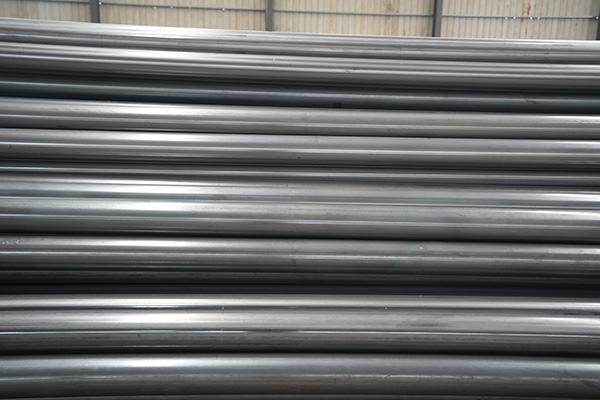

Maintenance and Service Life Extension of High Pressure Boiler Seamless Pipe
High pressure boiler seamless pipes operate under extremely demanding conditions, including high temperature, high pressure, and corrosive environments. To ensure safety and prolong the service life of these pipes, consistent maintenance and proper lifecycle management are essential.
1. Regular Inspection and Monitoring
Routine inspections are critical for detecting early signs of wear, corrosion, or mechanical damage. Non-destructive testing (NDT) methods such as ultrasonic testing, radiographic inspection, and magnetic particle testing should be performed regularly. These tests help identify internal flaws, wall thinning, or surface cracks before they escalate into serious failures.
2. Corrosion Prevention
Corrosion is a primary cause of pipe degradation in boiler systems. Using high-quality feedwater and applying oxygen scavengers or chemical treatment can minimize internal corrosion. Additionally, external insulation and protective coatings help shield the pipe from external moisture and corrosive agents.
3. Stress and Fatigue Management
Thermal cycling and pressure fluctuations contribute to metal fatigue and stress-related failures. Stress-relieving heat treatment during manufacturing, along with controlled start-up and shutdown procedures, can reduce thermal shock. Periodic stress analysis and finite element modeling (FEM) can predict fatigue life and guide proactive replacement schedules.
4. Cleaning and Scale Removal
Mineral scaling and slag buildup reduce heat transfer efficiency and can cause localized overheating. Regular chemical cleaning and mechanical descaling remove such deposits, maintaining performance and preventing hot spots that may damage the pipe wall.
5. Timely Repairs and Replacements
When defects are detected, minor damages such as surface pitting or small cracks can be repaired by grinding, welding, or patching. However, severely degraded sections should be replaced entirely to maintain system integrity. All repairs should adhere to boiler codes such as ASME Boiler and Pressure Vessel Code (BPVC) Section I.
6. Documentation and Predictive Maintenance
Maintaining detailed service logs, inspection reports, and failure records helps develop predictive maintenance strategies. Using artificial intelligence and IoT-based condition monitoring systems allows operators to predict failures and schedule maintenance more efficiently, minimizing downtime.
Conclusion
Effective maintenance practices, including regular inspection, corrosion protection, stress control, and timely intervention, are essential to extend the service life of high pressure boiler seamless pipes. Investing in preventive strategies ensures operational safety, reduces downtime, and lowers the total cost of ownership.
References
ASME Boiler and Pressure Vessel Code (BPVC), Section I – Rules for Construction of Power Boilers.
ASTM A335 / A213 – Standard Specifications for Seamless Ferritic Alloy-Steel Pipe for High-Temperature Service.
Schweitzer, P.A. (2010). Corrosion and Corrosion Protection Handbook.
API RP 579 – Fitness-For-Service (FFS) Recommended Practice.
Totten, G.E. (2006). Handbook of Mechanical Alloy Design. CRC Press.





